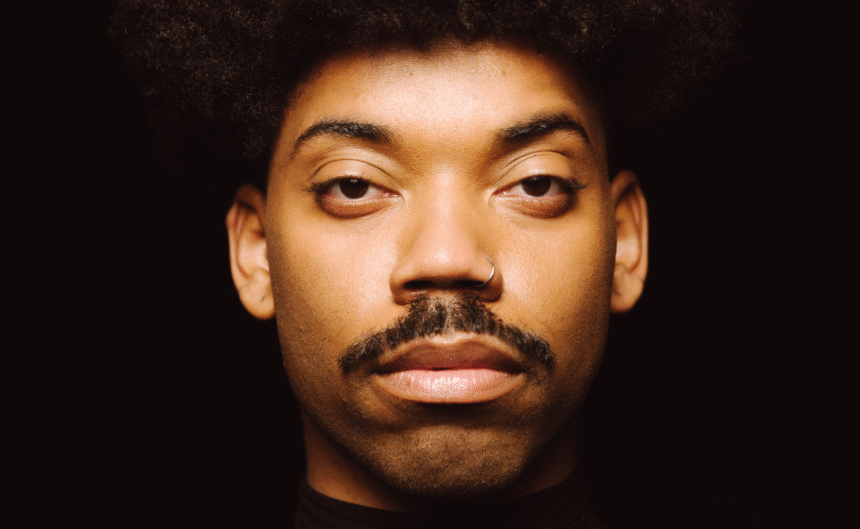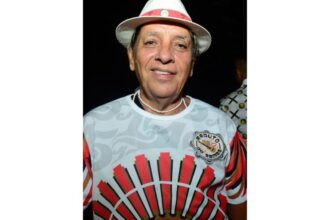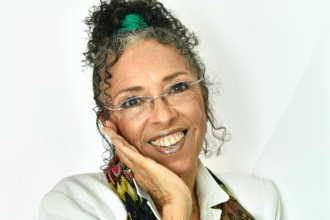On October 10th and 11th, Galeria Olido in São Paulo hosted the show “Formas de Hackear Minha Morte” (Ways to Hack My Death), a creation and performance by artist Marcelo Ferreira . With free performances, the work offered the public a sensorial and poetic experience, inspired by the author’s experiences as a Black queer woman, uniting body, memory, and spirituality in a non-linear narrative that traverses pain, faith, and rebirth.
Between dance and performance, the show was constructed as a ritual of resistance, giving visibility to historically marginalized bodies and challenging the relationship between the intimate and the collective. With dramaturgy by Paula Salles, choreography by Claudiana Honório, and makeup by Gil Oliveira, the production brought together a predominantly Black and LGBTQIA+ team, reaffirming the power of art as a space for reflection and transformation.
The show is a journey between body, memory, and spirituality. What personal memory or experience was the starting point for this intimate dive?
The starting point comes from my childhood, when I danced at parties for friends and acquaintances of my parents. There was the honesty and ingenuity of a child who simply loved to dance, and yet, my loose, swaying movements were already grounds for questioning my sexuality. It was at that moment that I realized how a child’s purity and freedom could be stripped away simply by dancing their own way.
You describe the work as a ritual and a testimony. What does “ritualizing” your own story mean to you as an artist and as a person?
Ritualizing my own story is a way of recording it and making it concrete, of giving body and presence to what has long been silenced. It’s transforming experience into gesture, memory into matter, and thus affirming my existence as an artist and as a person.
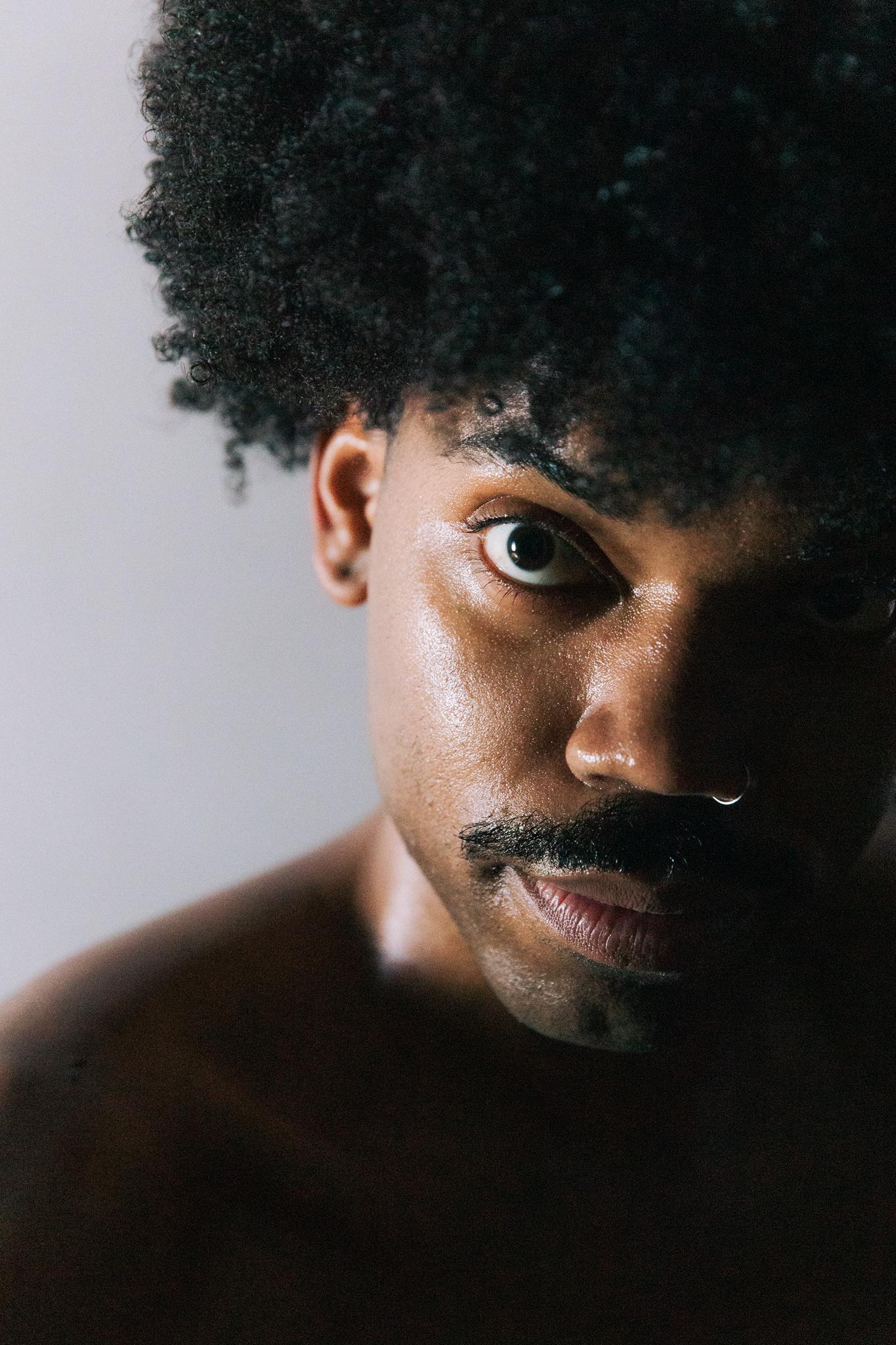
By transforming pain, anguish, and resistance into a scene, the body becomes a kind of living archive. What does your body say that words perhaps can’t?
In fact, I think of body and voice as one; voice is also a body. But choosing not to narrate through speech and letting the rest of the body tell the story is a decision about how to record myself, a way to provoke the audience in other ways. This choice also carries the memory of the historical erasures and silencing that permeate my ancestry, bodies that were prevented from speaking but never stopped expressing themselves.
The title “Ways to Hack My Death” is provocative. At what points in your life have you felt the need to “hack” fate or reinvent your own existence?
I think “hacking” isn’t exactly a choice, but a technology of existence created by dissidents like me, who live on the margins of this system and constantly need to reinvent ways to survive. Perhaps it’s not about deciding to hack, but about becoming aware of this constant act of subversion and the creation of new possibilities for life.
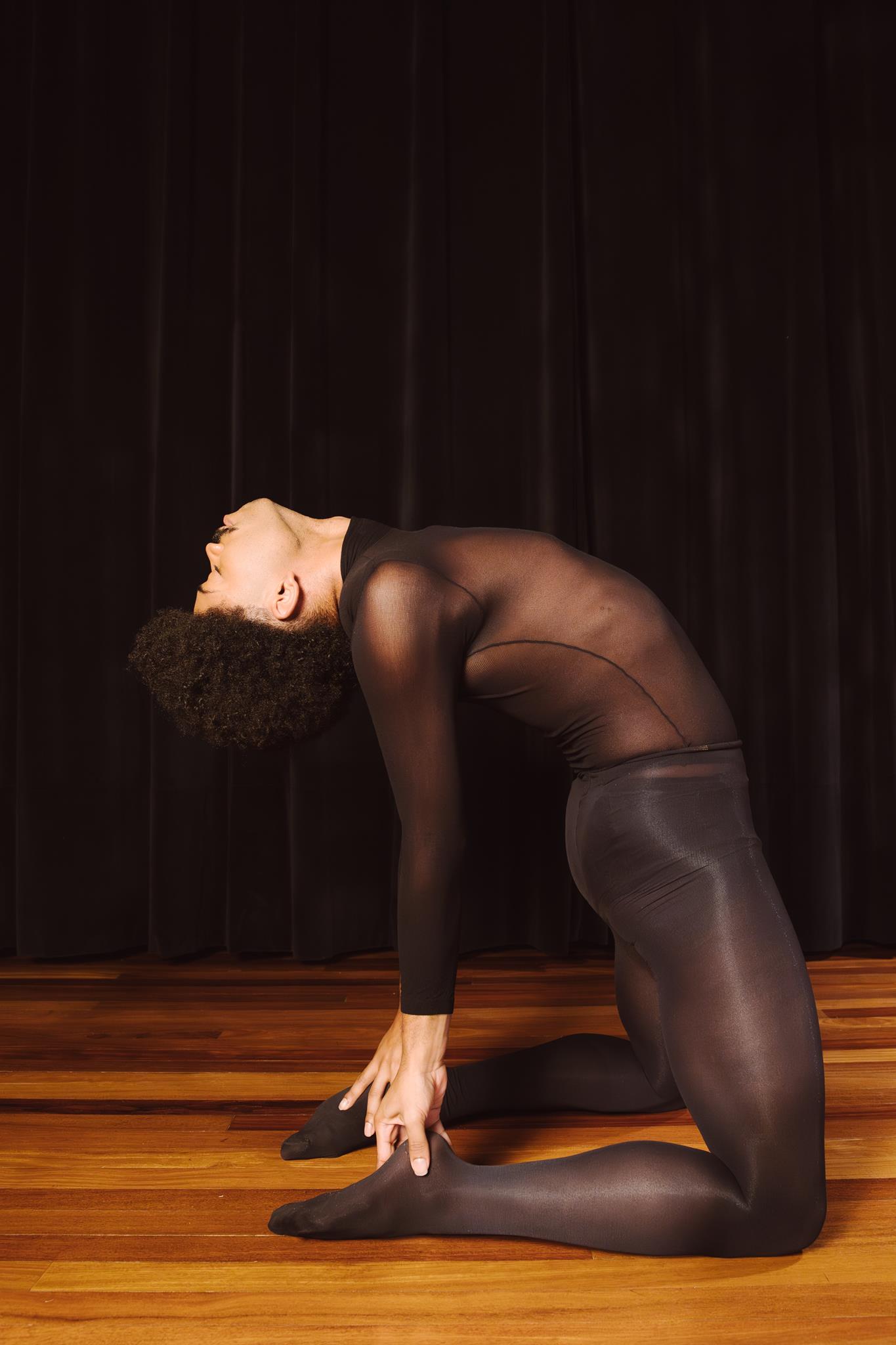
The work was born from a diverse, predominantly Black and LGBTQIA+ team. How did this collective influence the aesthetic and political power of the show?
This collective profoundly influenced both the aesthetics and the political force of the show. Being among Black and LGBTQIA+ people makes the creative process a space for sharing, caring, and listening, where our experiences permeate aesthetic and conceptual choices. Even the collaborative act itself, thinking and creating together, is, in itself, a political and transformative gesture.
You talk about creating space for sensitivity and reflection, not comfort. What kind of discomfort or questions do you hope to spark in the audience?
We live in a time when the mere act of questioning causes discomfort. So, what I seek to provoke is precisely this reflection: what death am I talking about? Death of what and whose? In my case, it’s the symbolic and everyday death I experience as a Black queer woman in Brazil. In my performance, I try to show the ways I find to escape these deaths, the silencing, the exclusion, the invisibility.
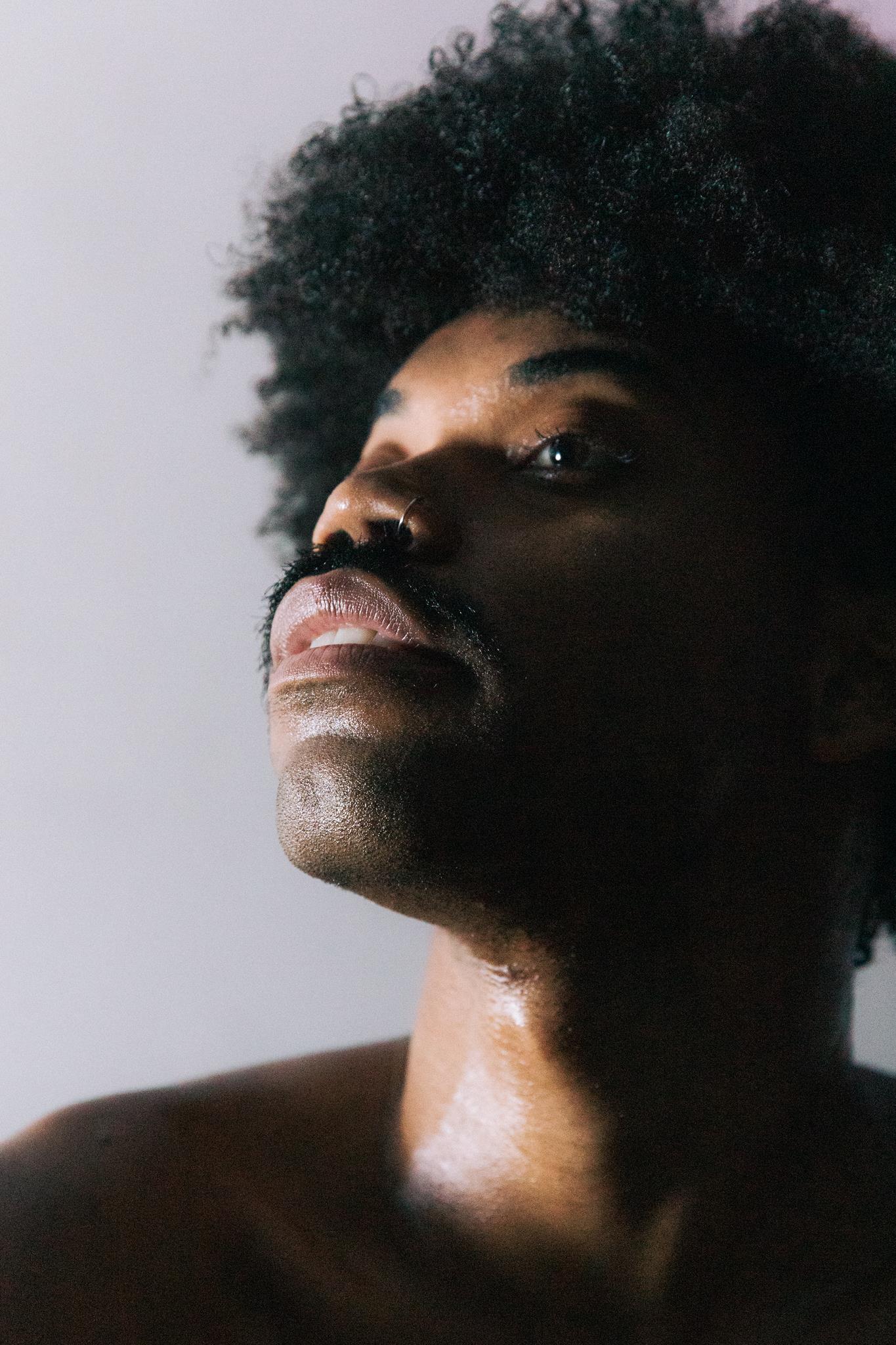
In times of so much silencing and symbolic violence, what does it mean to place one’s own body—with all its history—at the center of the scene?
It means, first and foremost, hacking my death within a space that historically wasn’t meant for dissident bodies like mine. Putting one’s own body on stage is an act of confrontation and re-existence; it’s affirming presence, claiming existence, and transforming what was once a place of exclusion into a territory of creation and life.
The show has toured various cultural venues. What changes for you with each new performance, and what remains unchanged throughout this journey?
What transforms me most with each performance is the audience. It’s incredible to see and receive each person’s reactions, from the spontaneous honesty of the children to the laughter and interpretations of the adult audience. At the same time, what remains unchanged is the commitment to my own story and the strength of my body as a living record, traversing each space with the same intensity and truth.
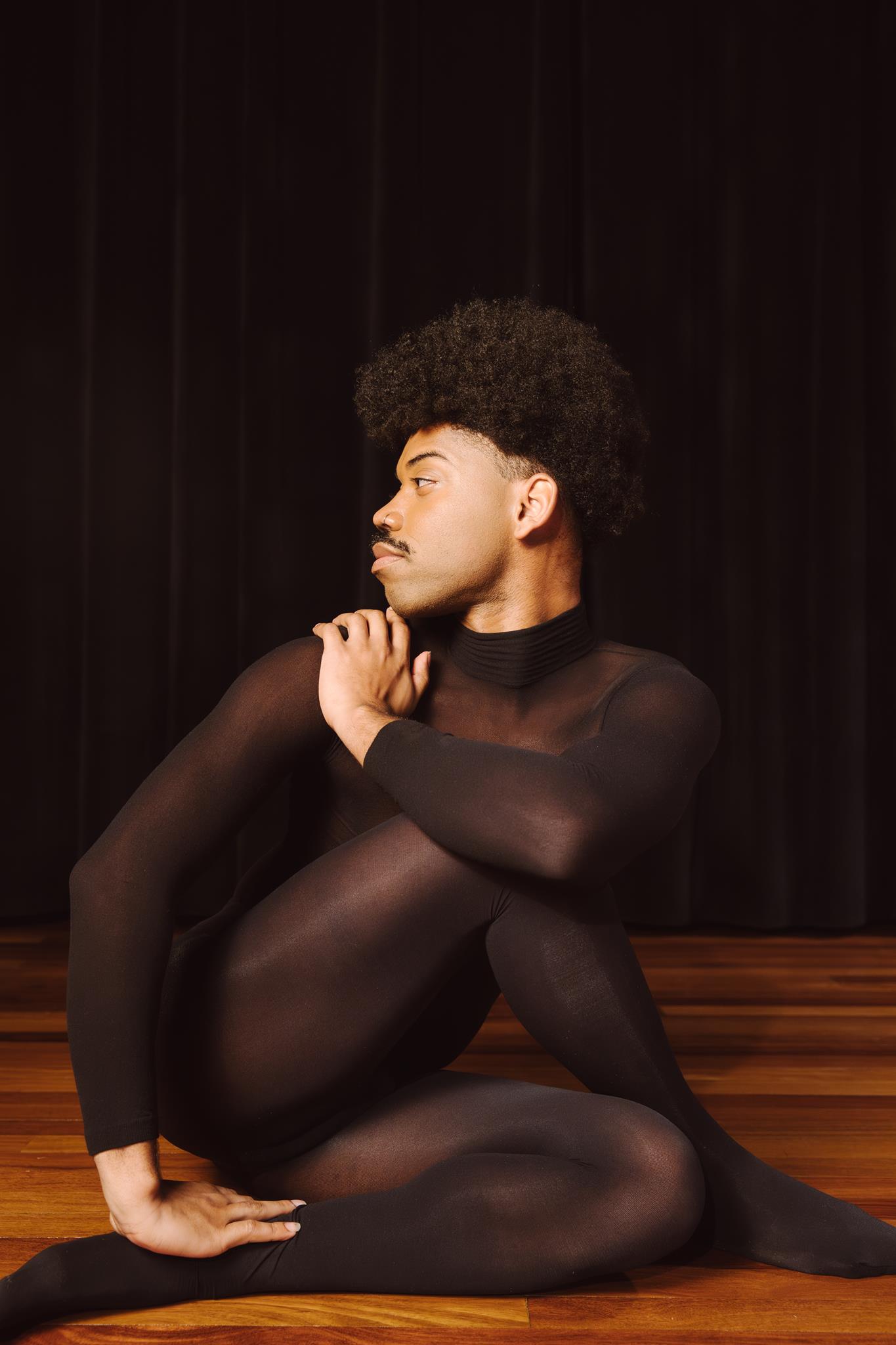
Follow Marcelo Ferreira on Instagram

